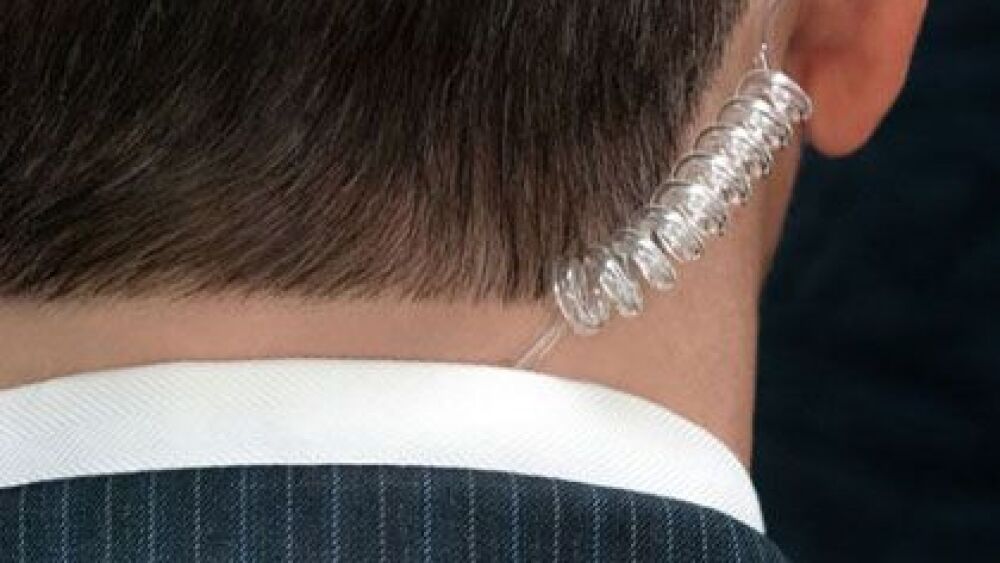The following is paid content sponsored by Chester Security Group.
By Police1 BrandFocus Staff
Threats against high-profile persons—whether a witness, a judge, a politician, a CEO or a celebrity—require the officers protecting them to have a specific set of skills.
Normal police training isn’t enough. That’s why LE professionals working these types of assignments should ensure their agency provides them executive and dignitary protection training to make sure they are ready to handle a VIP protection assignment without incident.
Here’s more about why this training is so important for LE agencies and their officers to have available to them.
WHAT IS EXECUTIVE AND DIGNITARY PROTECTION TRAINING?
Executive and dignitary protection isn’t new. In fact, LEO’s have been assigned to protect high-profile and high-risk individuals for hundreds of years.
Executive and dignitary protection is much different from most assignments. LEOs assigned to protect high-risk or high profile individuals are required to provide security on a higher level compared to a typical law enforcement assignment, said Charles Chester, CEO of Chester Security Group and a former law enforcement officer. Chester Security Group offers executive and dignitary protection program taught by current or former law enforcement and military personnel.
Chester said executive protection assignments vary, from commonplace to the more exotic. A LEO assigned to a case could be asked to protect or escort a witness or suspect in a high-profile case that has received death threats, which he said is one of the most common executive protection assignments cops receive.
Often, threats against public officials are the catalyst for the need for executive protection by trained LEOs. Sadly, a good majority of those LEOs assigned to protect such individuals have little or no training in executive protection, which includes such topics as security advances, counter surveillance techniques and terrorist operations.
Cops may get assigned as executive and dignitary protection for CEOS, celebrities and even sports stars who may be facing a death threat.
HOW IS EXECUTIVE/DIGNITARY PROTECTION TRAINING DIFFERENT?
Officers with executive and dignitary protection assignments can’t just depend on typical witness-protection tactics, Chester said, such as parking a patrol car outside an individual’s house and having an officer surveil the surrounding area for threats from his or her vehicle.
Instead, officers must use a set of unique skill sets and tactics when protecting executives and other VIPs that can only be learned through a specific executive protect and dignitary training program.
Training for executive and dignitary protection is different from other LE courses.
“Whereas LE tends to have a more reactive approach, the training we focus on a proactive approach,” Chester explained.
Training focuses on identifying the threat and mitigating the threat before it becomes an issue.
“Advanced firearms and defensive tactics techniques are extremely important and necessary skill sets for any LEO conducting protective operations,” he said. “However, if you find yourself having to use those skills, you’ve most likely made a mistake some where.
Chester Security Group offers a 40-hour training program in executive and dignitary protection. LEOs attend several classes covering essential skills including, but not limited to executive and dignitary threat assessments; assassinations and methods of attack; terrorist operations; counter-surveillance techniques; close protection formations and tactics; motorcade operations; and advance firearms and defensive tactics.
“These classes not only help an officer meet the standards required for proper executive and dignitary protection, but they also make for a more well-rounded police officer when it comes to tactics, security and situational awareness,” Chester said.
Once the training is completed, students receive an executive and dignitary protection certification that shows they have successfully completed 40 hours of executive and dignitary protection training. These hours serve as credit towards hours educational hours earned through the officers’ state regulatory agency, such as the Texas Commission on Law Enforcement.
Every agency needs officers trained in executive and dignitary protection. It is an important skill set that all officers can benefit from, whether protecting witnesses, public officials, or other high threat or high profile individuals.
For more information about executive and dignitary training protection, contact Chester Security Group.












